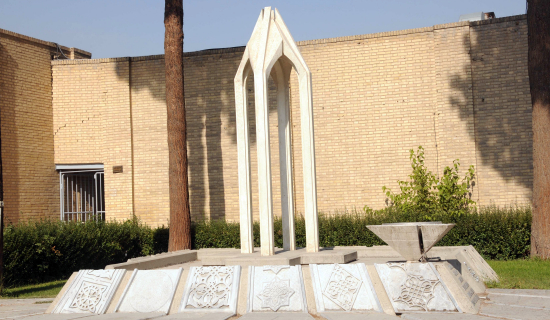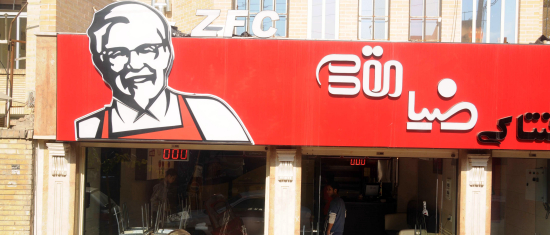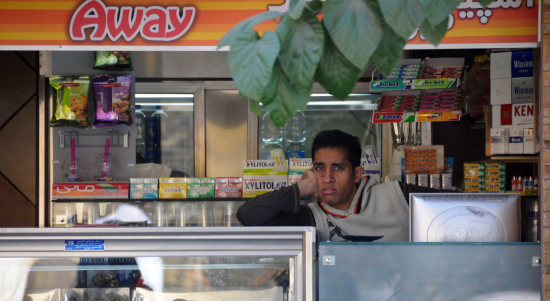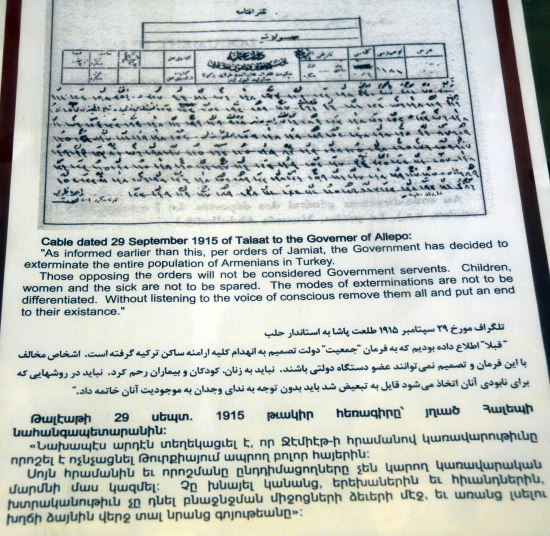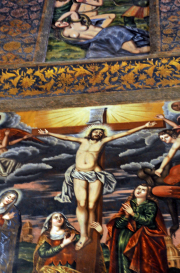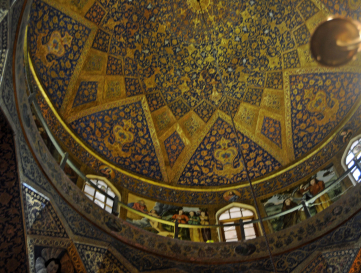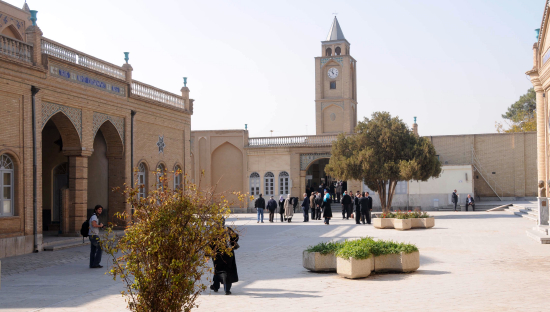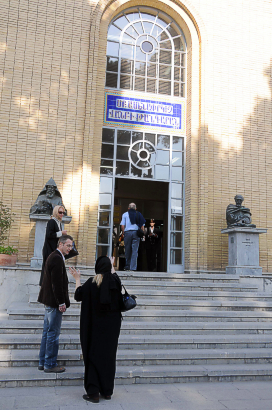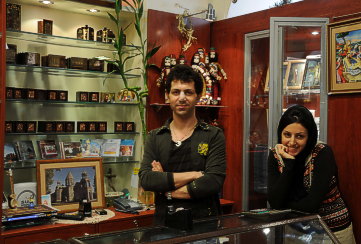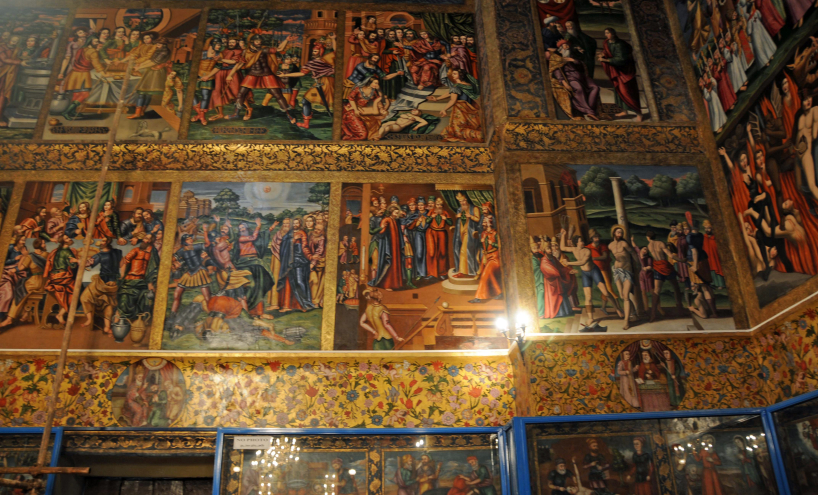|
|
|
| Official Magazine of the Next 15 Minutes | |
|
|
|
|
|
|
|
|
||||||||||||||||||||||||||||||||||||||||||||||||||||||||||||||||||||||||||||||||||||||||
|
Document Reveals Origin Of First Genocide Of 20th Century
It was a war with Turkey on the wrong side. The European Parliament in 1987 called on Turkey to deal with its unresolved genocide legacy issue. Pope Francis in April 2015, on the centennial of this historic event, referred to it as "the first genocide of the 20th century." That reference enraged the Turkish government, even though 22 countries, including Germany, have formally recognized it as such. While the White House in April 2015 urged Ankara to openly acknowledge that 1.5 million ethnic Armenians were wiped out at the hands of the disintegrating Ottoman Empire, President Barack Hussein Obama deftly avoided naming it genocide—reneging on a pledge he had made as a presidential candidate to do so. He called the killings of Armenian Christians "the first mass atrocity of the 20th century." The American president, in tandem with the Turkish president, refuses to utter the G-word. Not until I visited Iran seven years ago did I become aware of the Turkish expulsion and extermination of its 2,500-year-old Armenian Christian community in the crumbling Ottoman Empire during the First World War. It was in the Armenian Quarter, in the majestic Iranian city of Isfahan, where I learned of this horrific event in Turkey’s history which this year, on its centenary, has become a toxic topic.
The imposing Vank Cathedral predominates in the district. It was built between 1648 and 1655 It was in the attached Vank Museum where I discovered evidence of the systematic Armenian massacre during the waning years of the Ottoman Empire. At the museum’s entrance stands a bust of Bishop Khachatur Gesaratsi, founder of the first printing press in Iran. Among the objects in the two-story museum are 700 illuminated manuscripts, Gospels from the 9th century, and the first book printed in the country. And then it happened. I peered into a glass showcase of a prominent display of a people’s tragedy. It was a shock. The official cable that generated the mass murder of the Armenians unnerved me. Under the cable was a helpful English translation.
Raphael Lemkin, a lawyer of Polish Jewish descent who campaigned at the League of Nations to ban such "barbarity" and "vandalism" as perpetrated against the Armenian people, coined the term "genocide" in 1943. That is what the Armenian people faced in 1915 under Ottoman decree. Here was proof of the Armenian genocide. The Ottoman Minister of the Interior (Mehmet Talaat Pasha) sent this cable on September 29, 1915, to the governor of Aleppo: As informed earlier than this, per order of Jamiat, the Government has decided to exterminate the entire population of Armenians in Turkey. Those opposing the orders will not be considered Government servants. Children, women and the sick are not to be spared. The modes of extermination are not to be differentiated. Without listening to the voice of conscious [sic] remove them all and put an end to their existence. The U.S. Ambassador to Turkey, Henry Morgenthau Sr., was moved to inform the State Department of the Ottoman campaign of race extermination—but was rebuffed. He resigned in despair. (Reminds me of efforts of Holocaust eyewitnesses who risked their lives to alert Washington at the time, to no avail.)
I trembled as I read the words: "Exterminate…Put an end to their existence." Outside I meditated on the images in my head. The First World War had its genocide of Turkey’s Armenian Christians. That proved to be the precursor of the Second World War’s German genocide of Europe’s Jews. The 20th century is notable for its genocidal bloodbaths. I thought if the world took notice and prevented the first genocide of Armenian Christians, it might have thwarted the second of European Jews. What does the 21st century portend? A third genocide? A nuclear armed Iran making good on its threat to wipe the Jews of Israel off the face of the map? In the Vank courtyard I stood before a pillar that cautioned never to forget the Armenian catastrophe. It was erected in 1975 to commemorate the 60th anniversary of the slaughter. So far there has been neither a plea for forgiveness nor an offer for reparations. And the American president, in tandem with the Turkish president, refuses to utter the G-word. |
||||||||||||||||||||||||||||||||||||||||||||||||||||||||||||||||||||||||||||||||||||||||
|
||||||||||||||||||||||||||||||||||||||||||||||||||||||||||||||||||||||||||||||||||||||||
|
||||||||||||||||||||||||||||||||||||||||||||||||||||||||||||||||||||||||||||||||||||||||
|
||||||||||||||||||||||||||||||||||||||||||||||||||||||||||||||||||||||||||||||||||||||||



